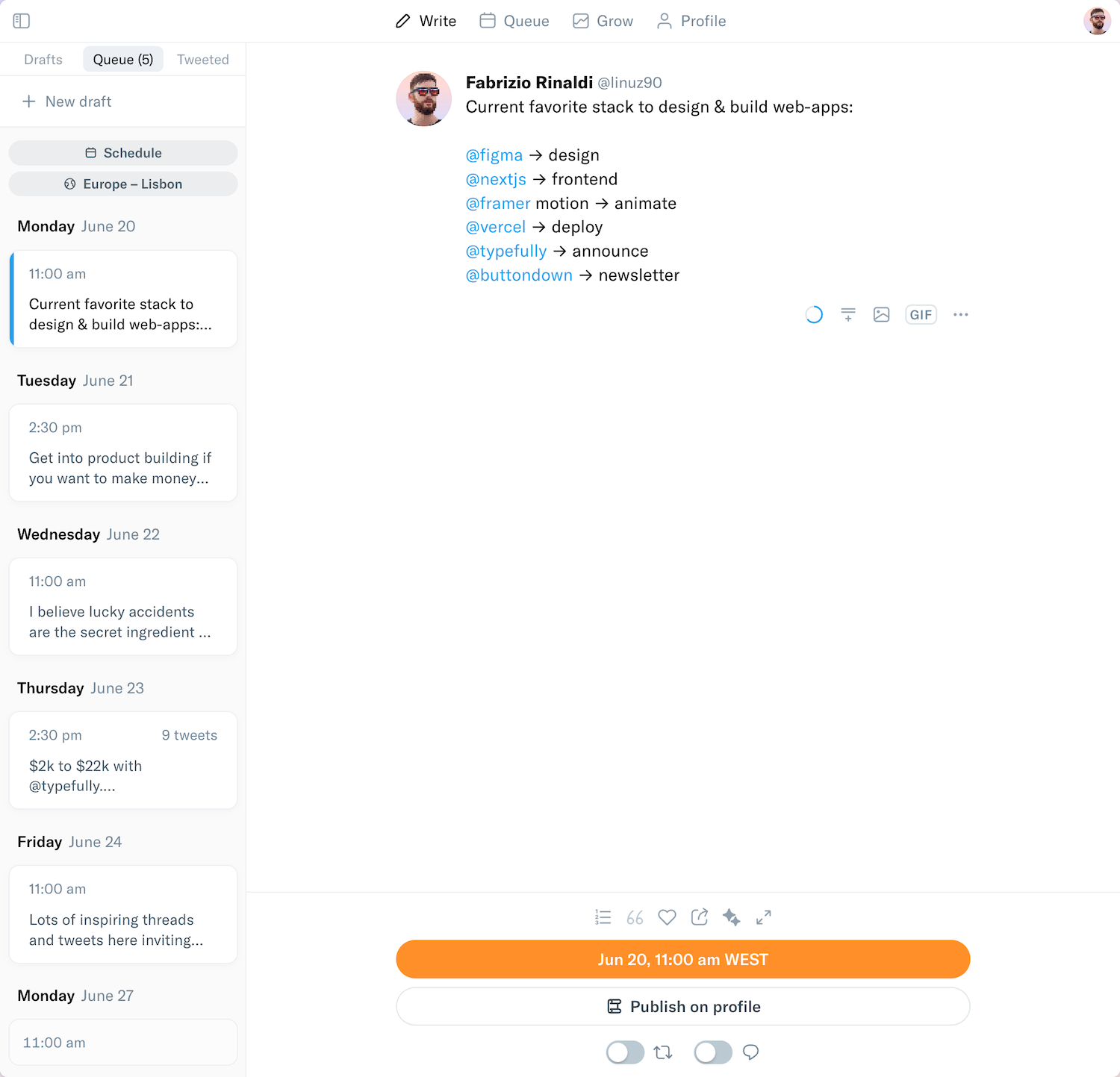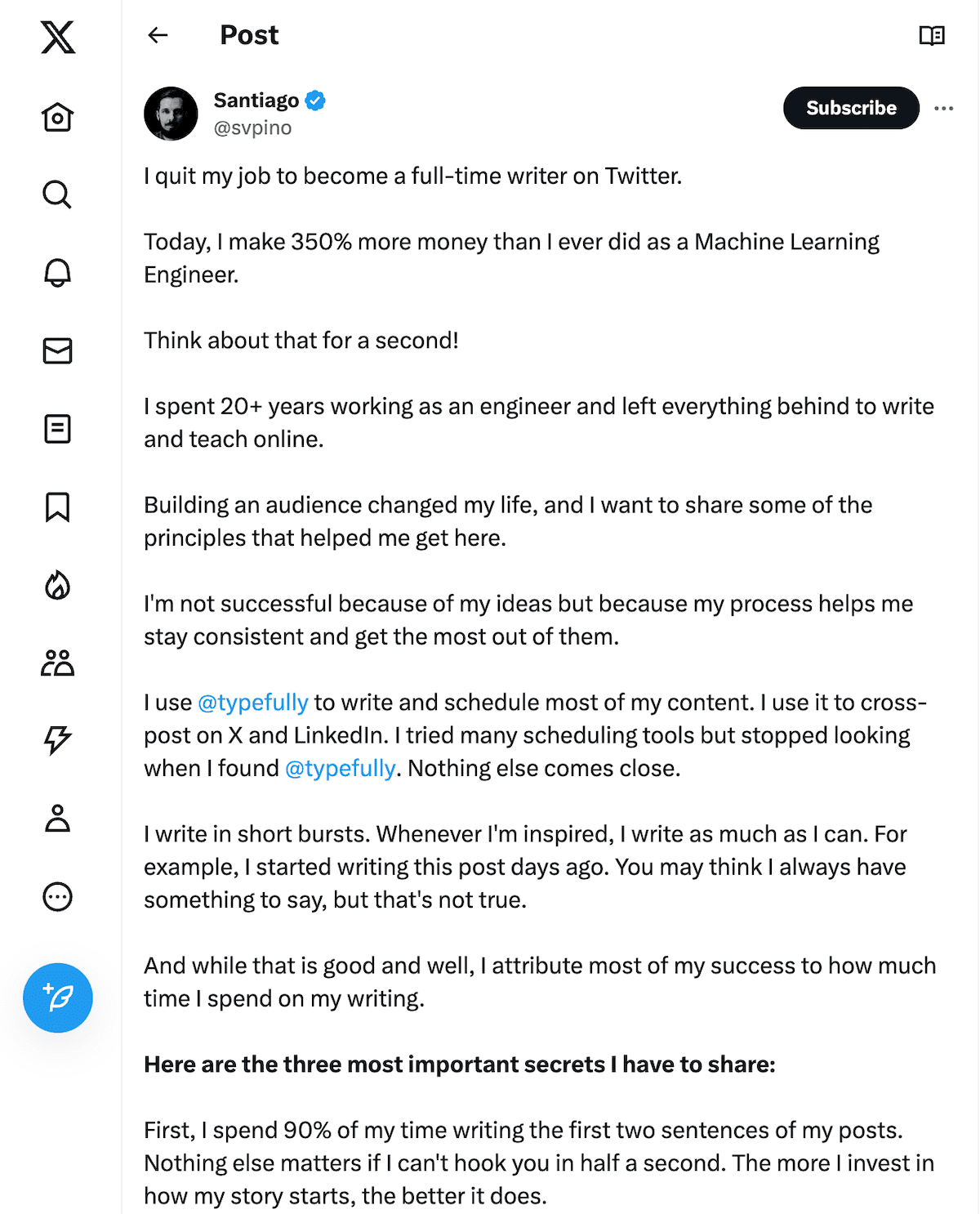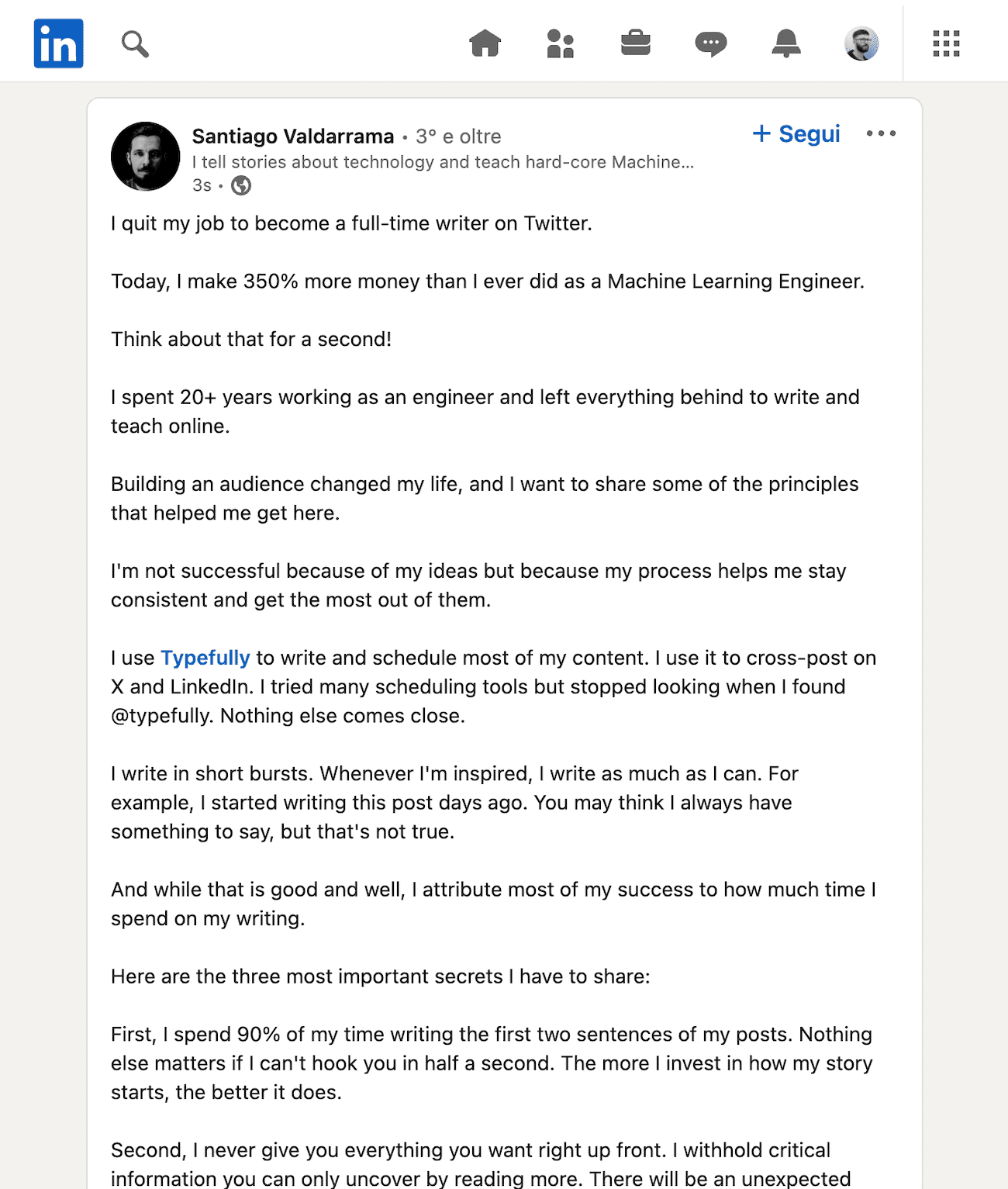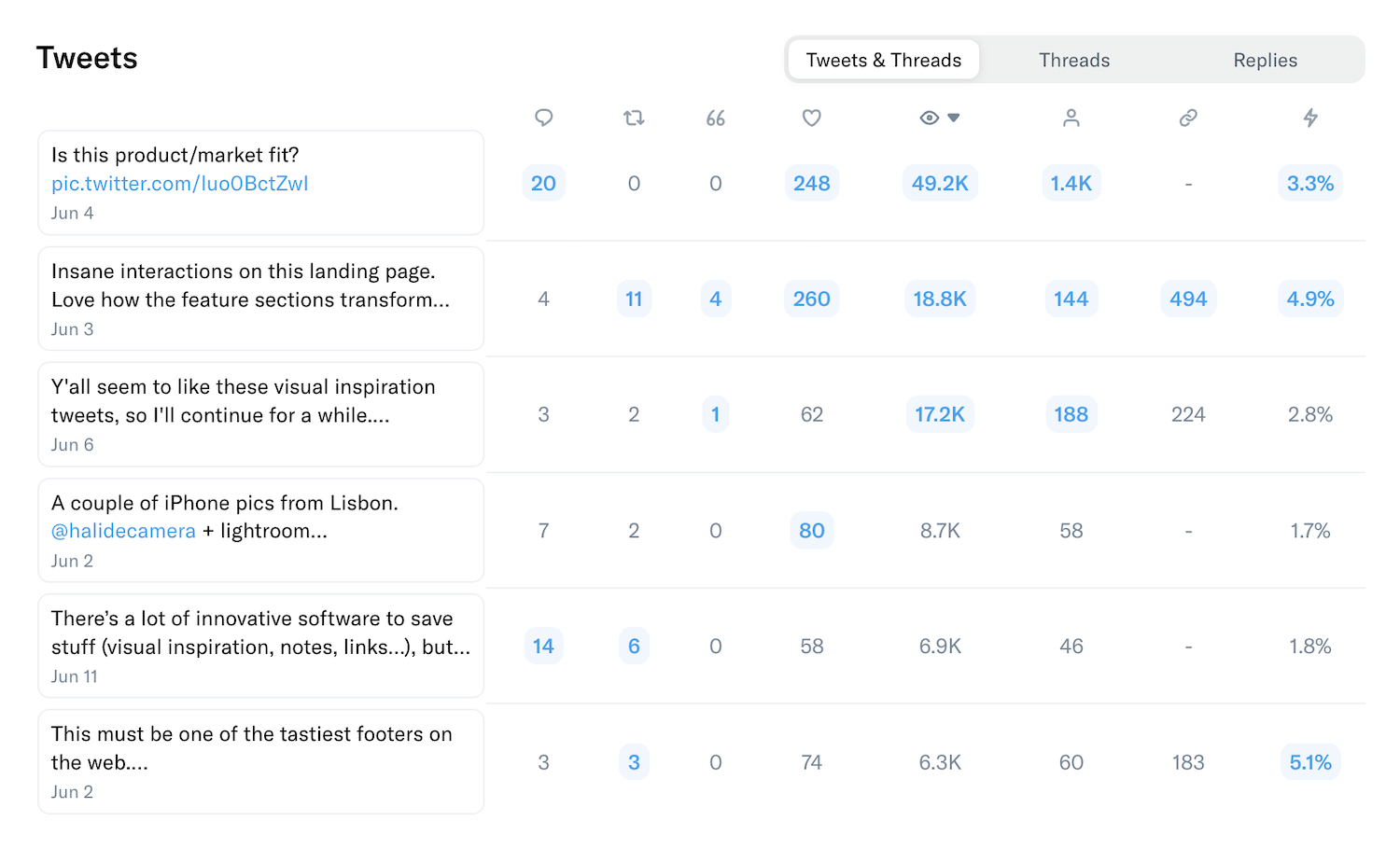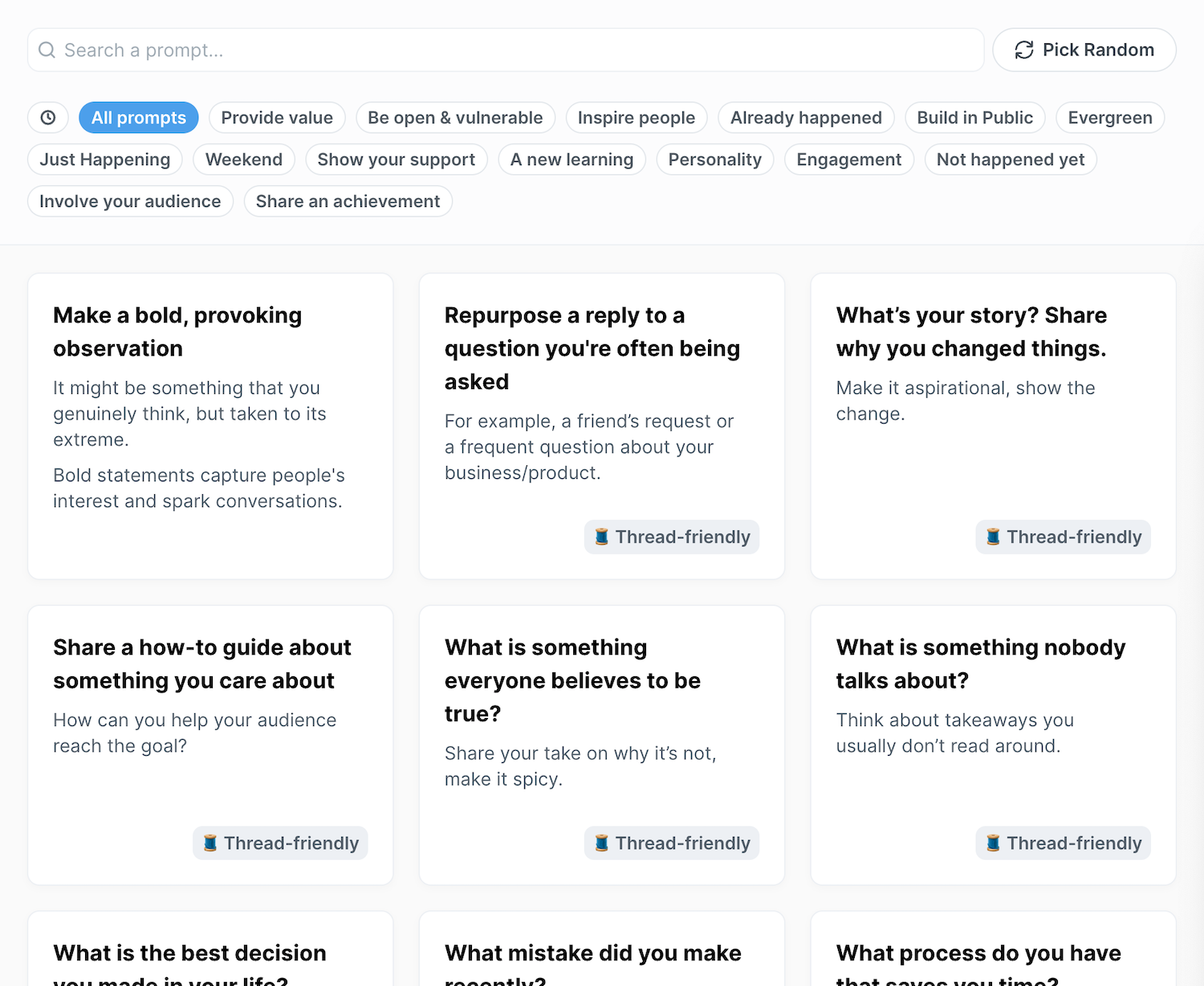This thread covers a key Dec 2022 report by the House Intelligence Committee, which aimed to review the Intelligence Community's response to the COVID-19 outbreak:
That report illustrates the role of the Director of National Intelligence at the time.
intelligence.house.gov/news/documentsingle.aspx?DocumentID=1225
But before I dig into it, let me set the expectations right:
👉🏼That report is not about the origins of Covid-19.
It is first about the work of the Intel Community (IC) 'once' the outbreak was public at end December 2019.
The origins question is touched on only indirectly.
Then it is about the use of the Trump administration of the intel it was presented with, especially via the President's Daily Briefs.
This, in theory at least, to highlight "where responsibility for our poor outcomes lie, and where it does not".
Please note that the House Intelligence Committee did not have full access at all.
As a result, their report is at times rather superficial and sometimes a bit 'guided' by whatever was disclosed to them.
Both the Biden and the Trump administrations did not fully cooperate.
In particular the President's Daily Briefs were out of reach.
These are high level all-source intel pieces that make it to the President desk.
They form a crucial product of the Intel Community (for good or bad - there is an intel debate about it).
intelligence.gov/publics-daily-brief/presidents-daily-brief
In other words, Avril Haines, Director of National Intelligence (DNI) under Biden, refused to hand over the PDBs.
Just like John Ratcliffe, the DNI under Trump.
dni.gov/index.php/who-we-are/leadership/director-of-national-intelligence
Done with the introduction. Let's jump to the interesting bits:
1️⃣ There is one major piece of information related to the origins that the report tries hard to downplay:
One IC element revised its origin assessment after the publication of the Biden report (Oct 2021).
🔎🦠
We only learn about this in a convoluted and redacted footnote 46.
The main text itself only tells us that the conclusions of the Intelligence are unchanged since the publication of that Biden report.
Footnote 46 tries to walk a tightrope by stating that:
- There was no coordinated effort to revise the Biden intel assessment, despite at least one IC element deciding to update its own contribution.
@dasher8090 @RandPaul @RogerMarshallMD
But in fact ODNI should have coordinated it, as soon as DEFUSE and the FOIs were released.
In other words the ODNI / NIC sat on that IC element's reassessment and certainly did not invite other IC elements to confirm/review their own assessments based on recent key info.
Note that the Biden intel report specifically stated that the IC would revise that assessment should new information be available (after the report was finished in August 2021).
Which promptly happened as we (#DRASTIC) released DEFUSE in Sep 2021.
twitter.com/gdemaneuf/status/1565082204333477889?s=20&t=WUTAOYn8xhP8H5OlsP-g4Q
Footnote 46 then tries to dress this lone reassessment as a 'healthy culture of objective analysis following the facts where they lead'.
Yet, nothing was done by the NIC (National Intelligence Council) or the ODNI to trigger an IC-wide re-assessment.
It's a bit rich. 🤡
And the footnote then goes on, diluting the meaning of any assessment of the origins.
Basically:
1. The Trump administration messed up anyway,
2. And whatever happened in fall 2019 - lab accident or zoonosis - is irrelevant.
,,, because, allegedly, the US should not act any differently if it was a research accident. Makes no difference (really??).
Seriously, I had to read that footnote many times.
It's a masterpiece of convoluted logic trying to drive us away from the key issues it raises.
That odd logic refers to the redacted part of footnote 46, which details the update of that IC element.
What this tries to say is that in the context of this committee report, which is not about the origins, an update of the Biden intel report does not matter.
Move on.
So moving on to the next pearl.
2️⃣ The report has a disingenuous section about the intel on several WIV workers falling ill in fall 2019.
[Intel likely based on routine hacking of Electronic Patient Records, on which the IC sat for ages before noticing the significance.]
This goes back to the State Dep fact sheet issued in the last few days of the Trump administration that stated that several researchers became sick in autumn 2019 'with symptoms consistent with BOTH Covid-19 and common seasonal illnesses'.
The factsheet was rather careful:
The House Intel Committee report spins this, plus subsequent remarks by Pompeo and a minority report, as being 'deeply' misleading.
I am not so sure. The minority report clearly says 'may have been' and does not wander much from the careful wording of the fact sheet.
The worst is that the House Committee report essentially paraphrases the State Dep fact sheet, in order to explain why this is misleading.
In the end, it seems to me that the point of contention for the House Intelligence Committee is that any statement mentioning the sick WIV workers is 'misleading' because the intel is not a diagnosis of COVID-19.
Which makes zero sense.
There was obviously no definite diagnosis of COVID-19 back in Nov 2019.
There was no recognized new disease, nothing called Covid-19, no RT-PCR test, no agreed symptoms, no sequence to match, basically nothing to hang a clear COVID-19 diagnosis on based on medical records.
But the best you could get is actually what the intel got: symptoms retrospectively matching COVID-19.
My understanding is that the hacked Electronic Patient Records were gold standard, with CT-scans compatible with COVID-19.
The task for the analysts is then to evaluate this against alternative diagnoses, in context.
- What were the patients' ages and previous medical conditions?
- What do their scans show?
- What is the chance of a simple seasonal illness across the 3?
Moving on to the next pearl:
3️⃣ We separately know that NCMI produced some situation reports in Nov 2019 leading to the DIA alerting NATO and the IDF (Israel) at end Nov.
I wrote about in detail here:
researchgate.net/publication/354462471_Research_notes_When_did_the_US_learn_about_the_Wuhan_outbreak
But the House Intelligence Committee report spends a lot of time describing how good a job NCMI did, starting on 31 Dec 2019.
Nothing about its earlier work until a box on page 31:
That box recycles a canard that plays on the distinction between raw data (such as situation reports) and finished intelligence (aka intel products, or articles).
Based on SIGINT and GEOINT, and some likely pattern-of-life analysis, NCMI detected a ..
abcnews.go.com/Politics/intelligence-report-warned-coronavirus-crisis-early-november-sources/story?id=70031273
... likely emergency health situation in Wuhan in early Nov 19, with a signal so strong that the Defense Intelligence Agency (DIA, from which it depends on) is said to have alerted NATO and the IDF at end Nov 2019.
mako.co.il/news-military/2020_q2/Article-27a575c46148171027.htm
Note that from the point of view of senior US administration figures, the distinction between raw and finished intel is essential, for a very simple reason:
They cannot so easily be blamed for not reacting to raw intel from one lone agency.
Especially one siloed like NCMI.
They can indeed always say that it was vague and partial.
But they have to take responsibility if they failed to act on an alert in the form of an all-source intel product.
There is a huge difference between the two. Hence, they keep making the distinction.
So if one wants to check what intel was being produced by NCMI at the time, one needs to check the situation reports during Nov 2019 and the DIA exchanges with key foreign military partners at end Nov.
The finished all-source intel products were produced only later.
As surprising as it may sound, there is indeed a NCMI/DIA silo within the IC.
Which meant that NCMI/DIA intel - as crucial as it was - did not have the same reach as if it had been pushed by the NSA or the CIA.
This is actually very much alluded to in the report:
This was also alluded to by Ge. Robert Ashley, the head of the DIA, in Sep 2020 in an interview below.
(again note the crucial distinction between situation reports and finished intel products in that article):
defenseone.com/technology/2020/09/defense-intel-head-we-did-what-we-were-supposed-covid-warning/168538/
Clearly still putting the lid on it.
In this case, mentioning signs of a Nov outbreak would not play well with the market jump stories of Science, based on 155 blurry points on a distorted map for cases, 100 of these at most confirmed.
Stories already in tatters following the confirmation via peer-reviewed papers of 247 to 260 cases in the official database at end Feb 2020, just after a gag order, with at least 165 confirmed and the rest diagnosed.
So much for the Science papers.
twitter.com/gdemaneuf/status/1596247403782230016?s=20&t=S0Ye5tb_oO1w1mczguyXZQ
A last point before I wrap this up:
4️⃣ There are some rather unnecessary redactions.
For instance see the one below, which takes two seconds to fill in (it's intel 101).
What's the point of it?
bit.ly/HSPCI_Gaps
Maybe the point is precisely that it links to the way NCMI detected an emergency health situation of some sort in Wuhan in early Nov 2019.
Something that this House Intelligence Committee report tries very hard not to dig into.
Another unnecessary redaction has to do with the Consulate General Wuhan holding an Emergency Action Committee meeting on 31 Dec 2019 to discuss reports of an outbreak of respiratory disease.
That info is unclassified - no point redacting this out.
oversight.gov/sites/default/files/oig-reports/DOS/ISP-I-22-19web508.pdf
For the House Intelligence Committee report, with my annotations, see:
drive.google.com/file/d/1TH8_kVwMGN0O-3IX6ml3Sx1EeFJ5ZXe0/view?usp=sharing
